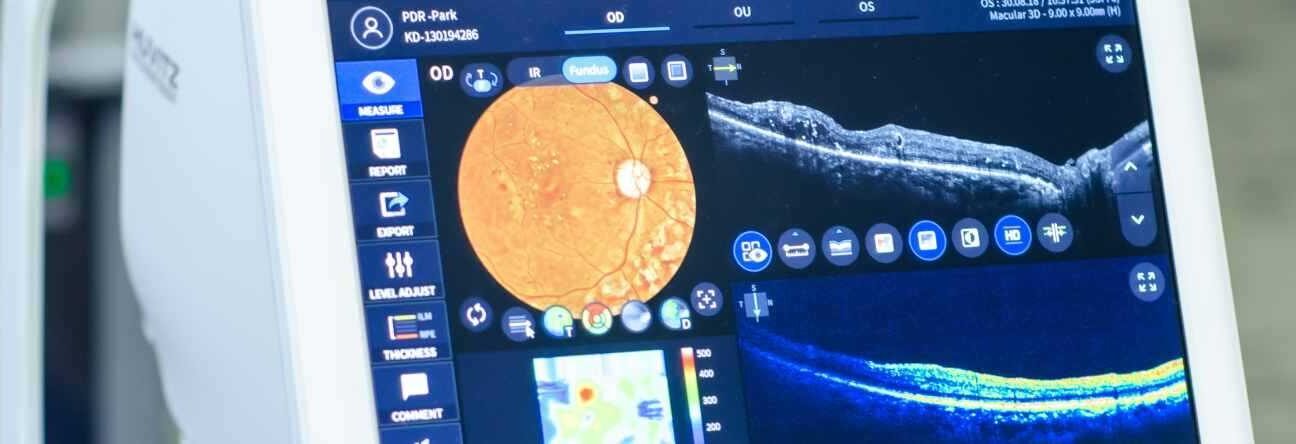Table of Contents
ToggleDigital Subtraction Angiography (DSA)
Technological developments in the field of medicine also enable the advancement of imaging and treatment methods. Diagnosis and treatment of health problems such as hemorrhoids, prostate and varicocele, which reduce the quality of life, as well as diseases that cause permanent loss of function, such as cerebrovascular diseases, can be performed with digital angiography. With this technique, which is widely used in interventional radiology, structures such as bone and soft tissue can be digitally removed from the image and blood vessels can be displayed accurately. This method, which allows successful results in treatment, can be applied to all age groups. Digital angiography method, which provides advantages such as obtaining 3D images by giving contrast material to all vessels in the body, allows diseases to be examined in more detail on the screen.
Contents
What is digital angiography (DSA)?
What are the advantages of digital angiography?
How is digital angiography (DSA) performed?
FREQUENTLY ASKED QUESTIONS ABOUT DIGITAL ANGIOGRAPHY (DSA)
What is digital angiography (DSA)?
The method used in both imaging and treatment of vascular structures and lesions in the body is called angiography. In angiographies performed until the 1980s, vessels and other body tissues were displayed simultaneously. Later, the Digital Subtraction Angiography (DSA) feature was found to acquire only the vessel image. Bone and soft tissues were removed from the obtained angiographic image (subtraction) and only the vessel image was obtained. With digital angiography, more detailed examination and advanced treatments can be applied by only viewing the vessels.
What are the advantages of digital angiography?
It is accepted that digital angiography has made a great contribution to the development of interventional radiology. Especially after the 2000s, the addition of new features to digital angiography devices continues to this day. Features such as three-dimensional (3D) imaging and cone-beam CT further advance developments in this field. It offers the chance to better understand and treat vascular diseases and tumors of vascular origin. Thanks to these features, cerebrovascular bubbles, liver tumors and prostate gland enlargement can be treated easily, quickly and safely. Recently, with the development of 4D imaging, cerebrovascular tangles (AVM) are also easier to understand and treat. With its quality image structure, it provides a more comprehensive evaluation opportunity to reflect the disease together with three-dimensional and tomography images. This situation poses less risk to the patient while the diagnosis of the disease is revealed more clearly and the distressed situation in the vein is intervened. At the same time, it is more guiding for the interventional radiologist who performs the procedure. This increases the success rate and provides less risk for the patient during the treatment.
How is digital angiography (DSA) performed?
Before digital angiography, proper site cleaning, blood pressure and pulse monitoring should be performed. After all criteria are fulfilled, the person is taken to the digital angiography device. Afterwards, the peripheral artery or vein is accessed and the desired area is accessed with the help of a catheter (thin-tipped tube) and guide wire, and imaging is performed with the help of concentrated substance.
FREQUENTLY ASKED QUESTIONS ABOUT DIGITAL ANGIOGRAPHY (DSA)
Is preliminary preparation necessary before digital angiography?
Preliminary preparation in digital angiography varies according to the procedure performed. Especially when the intervention in cerebrovascular diseases is for treatment rather than diagnosis, the patient should fast for 12 hours. For therapeutic purposes, the procedure is performed under general anesthesia by keeping the patient completely still. Digital angiography procedure is performed without anesthesia in cerebrovascular diseases performed for diagnostic purposes.
To whom can digital angiography (DSA) be applied?
The digital angiography procedure is especially applied to patients who are diagnosed with vascular disease in tomography or MR, who cannot improve with drug treatment and whose disease is considered to be at risk. Generally, this process is required in the formation of vascular stenosis, enlargement of the vessels such as bubbles and the formation of vascular tangles. Recently, DSA has been applied to patients with enlarged prostate, hemorrhoids, varicocele and fibroids. Since contrast material is used in patients who will undergo DSA, kidney values should be normal. In addition, in cases such as hyperthyroidism, attention should be paid to DSA.
How long does the digital angiography procedure take?
Digital angiography procedure varies depending on the disease and the type of procedure applied. For diagnostic purposes, cerebral angiography takes between 10 and 20 minutes. Brain aneurysms, which are among the therapeutic procedures, vary between one and three hours. However, liver tumor embolizations are concluded within an average of 30 minutes. Digital angiography time may be longer or less depending on the procedure and the disease.
What should be considered after digital angiography?
As with the duration of the procedure, the points to be considered after the procedure differ according to the diseases. There may be some conditions that need attention related to the course of the disease itself. Necessary information is given to the patients and their relatives by the interventional radiologist after the procedure. It is recommended to use squeezing bandages in procedures performed at the junction of the arm or wrist, that is, the thumb and the wrist, as a precaution in order to prevent bleeding at the entry site and to prevent hematoma. However, it may be necessary not to use the shoulder very often in the first 24 hours after the procedure, and if the procedure is done from the groin, it may be necessary to put a sandbag for a few hours instead of the procedure. In addition, the patient should rest for 24 hours after the procedure and should not walk a lot.
